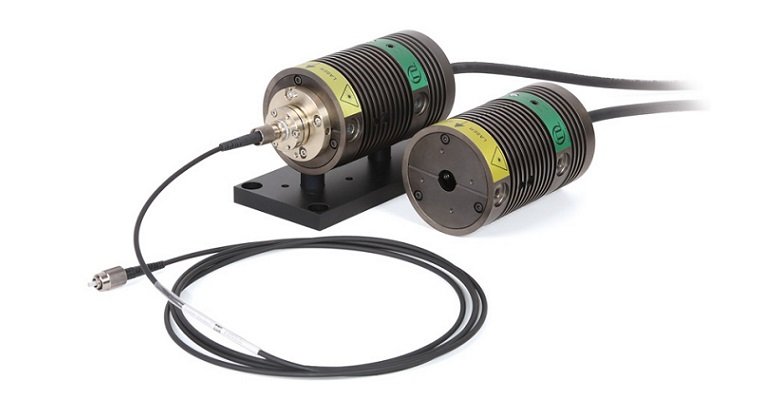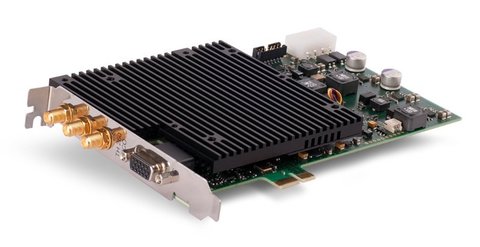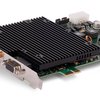產品敘述
TCSPC and MCS board with PCIe interface
- One or two independent input channels and common synch channel (up to 100 MHz)
- Two models with either 25 ps (PICO model) or 250 ps (NANO model) base resolution
- "Long range mode" option for PICO model with 2.5 ns base resolution
- Ultra short dead time (< 25 ns for PICO model, < 2 ns for NANO model)
- Time tagging with sustained count rates up to 40 Mcps
- 32768 histogram channels
- Adjustable delay on each channel with 25 ps (PICO model) or 250 ps (NANO model) resolution
- Multi-stop capability for efficiency at slow repetition rates
- Programmable trigger output
- External synchronization signals for (fluorescence lifetime) imaging or other control events for modules with two detection channels
- Optional: Drivers and demo code for custom programming
詳細規格
The TimeHarp 260 can be used for various applications that can make use of a multi-channel TCSPC and/or time tagging system with independent channels, such as:
- Time-Resolved Fluorescence
- Fluorescence Lifetime Imaging (FLIM)
- Phosphorescence Lifetime Imaging (PLIM)
- Fluorescence Correlation Spectroscopy (FCS)
- Fluorescence Lifetime Correlation Spectroscopy (FLCS)
- Foerster Resonance Energy Transfer (FRET)
- Stimulated Emission Depletion Microscopy (STED)
- Dual Focus Fluorescence Correlation Spectroscopy (2fFCS)
- Pulsed Interleaved Excitation (PIE)
- Fluorescence Anisotropy (Polarization)
- Single Molecule Spectroscopy / Detection
- Singlet Oxygen
- Time-Resolved Photoluminescence (TRPL)
- TRPL Imaging
- Lanthanide Upconversion
- Bunch Purity
- LIDAR/Ranging/SLR
- Antibunching
- Coincidence Correlation
- Quantum Communication
- Quantum Entanglement
- Quantum Teleportation
- Quantum Information Processing
- Positron Annihilation Lifetime Spectroscopy (PALS)
- Time response characterization of optoelectronic devices
- Thomas-Bollinger single photon method
- Muon lifetime experiments



